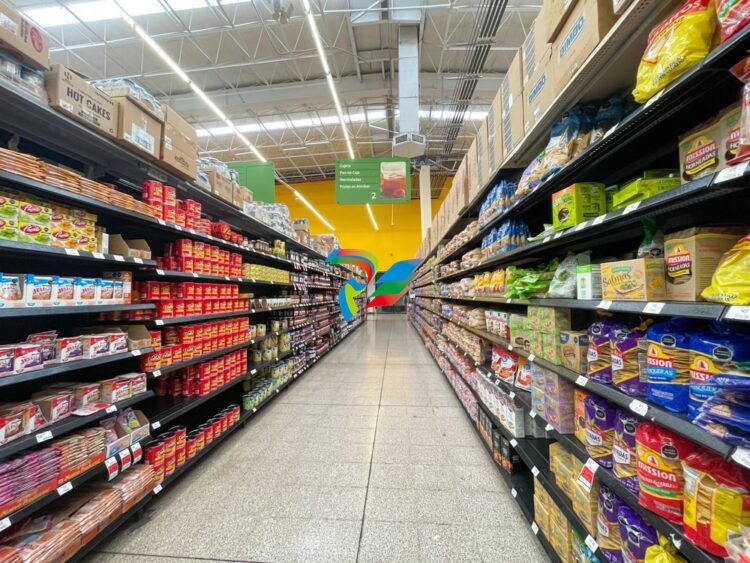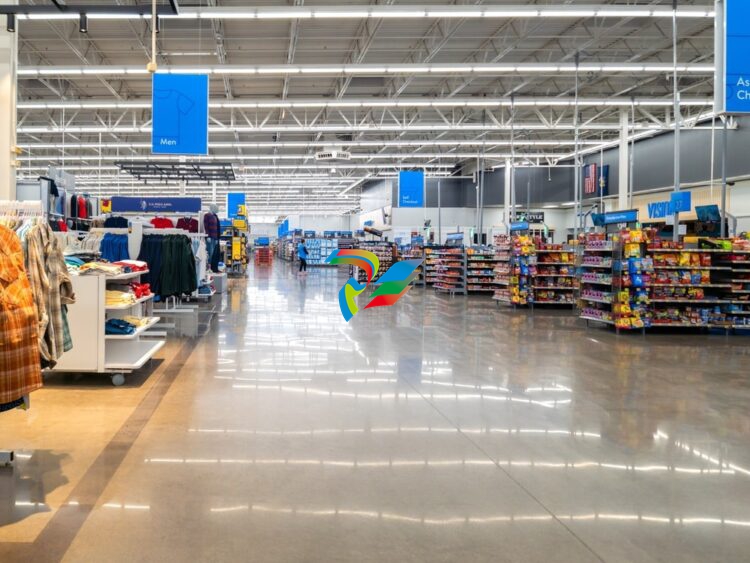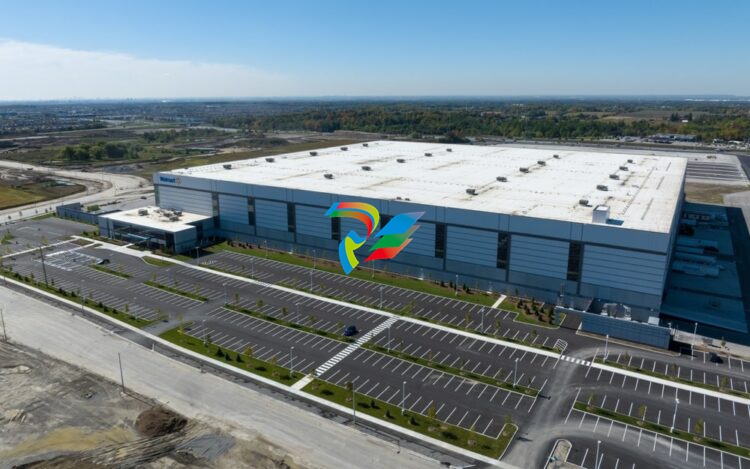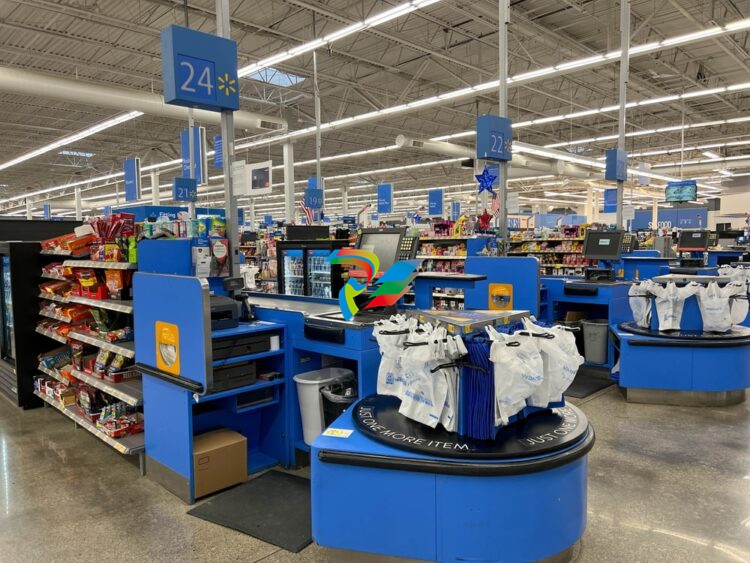
The Secret to Managing the Walmart Supply Chain: One of the Most Effective Supply Chains in the World
Holding $32 billion in inventory, Walmart’s supply chain is often touted as one of the most effective in the world and a major contributor to the organization’s operational success. Though it often is head-to-head with Amazon in terms of the world’s largest company, it beats the former in revenue. Walmart also remains a significant challenger when it comes to supply chain strategy, which was particularly prevalent during the COVID-19 pandemic.
Much of Walmart’s supply chain success comes from seeking out more efficient ways of watching inventory levels and keeping stock levels consistent with demand as well as streamlining warehouses, manufacturing, and employee processes. The company is also focused on adopting different technologies quickly and efficiently through multiple channels to keep their chain swift and effective.
We took a look at what Walmart stores and the company as a whole does to build an efficient supply chain and how it compares to retailers worldwide.
A Brief History of the Walmart Supply Chain
Founded by the late Sam Walton and opening its doors in 1962, the mission of Walmart stores was to bring more affordable goods to shoppers without losing out on great service. Eight years later, Walmart went public and began to rapidly expand with the help of a loyal customer base, a unique employee strategy, and interesting technological advances and store formats Sam’s aspirations. In addition to bringing new approaches and technologies to retail, he also experimented with new store formats such as Walmart Supercenters and Sam’s Club locations.
Walmart operates with similar messaging today and has now grown into a global retail behemoth, so much so that it is the world’s largest retailer in terms of revenue. Walmart continues to make changes and innovations that make its supply chain even more efficient. So how does Walmart’s supply chain strategy look nowadays and why does it stand out from other supermarkets?
Data Sharing Throughout the Walmart Supply Chain

Image credit: Shutterstock/JRomero04
Walmart shares inventory data with suppliers to maintain better stock levels. Suppliers use this data to form more accurate forecasts and prepare more effectively to meet the retail giant’s needs. Only in the last several years has this become a part of the supply chain strategy. Part of this involved sharing On Shelf Customer Availability (OSCA) data on its Supplier Growth Forum, which gives the suppliers it works with a better idea for demand forecasting and allows for continuous improvement when it comes to meeting deadlines and fulfillment windows.
There are also proven examples of how this has led to more efficient distribution. The relationship between Walmart and Procter and Gamble (P&G) is a great case study of how the company has been able to leverage data-sharing to create efficiencies. Walmart has set up an automated re-ordering system that uses satellite communication to tell P&G’s portfolio of companies when an item is needed. The item is then delivered to a distribution center or the store in need.
It Starts with Bargaining Power

Image credit: Shutterstock/Mahmoud Suhail
Walmart deals directly with manufacturers without any need for a supply-chain middleman. As a retail giant, the company wields enormous bargaining power and can demand lower wholesale prices from suppliers.
In turn, these cost savings are then passed onto customers as part of Walmart’s everyday low prices. Walmart makes up for its low prices and smaller margins with its sheer volume of sales, which thus gives it a significant edge in the ecommerce and retail industry.
The company has strict policies in place to ensure suppliers deliver in full on time (DIFOT) to match customer demand, charging vendors 3% of the cost of goods if deliveries aren’t made as expected.
Warehousing Efficiency and Automation

Image credit: Shutterstock/The Bold Bureau
The scale of Walmart’s inventory is hard to comprehend and it uses numerous processes, software, and devices for inventory control. Although significant investments are required for this level of oversight, it’s clear it’s been worth it for Walmart.
For starters, Walmart has a cross-docking system whereby most freight that enters its distribution centers goes onto conveyor belts that lead directly to trailers being loaded for individual stores. This reduces warehouse space requirements.
Walmart also uses a consolidation system that allows large shipments of products in one region to be broken down and dispersed throughout the distribution centers across the company. This ensures fuller truckloads to cut down transportation costs.
More recently, robots have been implemented to efficiently manage the entire process for hundreds of warehouses across the U.S., which will delve into further.
Technology within Walmart’s Supply Chain Operations

Image credit: Shutterstock/Joni Hanebutt
Walmart has a long history of leveraging technology to improve operations. As far as Walmart supply chain FAQs go when analyzing the company’s methodologies, one query that typically arises is how its tech differs from other retail stores.

















.jpg)














































.jpg)
.jpg)





.jpg)



.png)
.jpg)

.jpg)
_lVjBYb.jpg)

.jpg)
.jpg)



.jpg)
.jpg)







.jpg)

.jpg)
.jpg)











.jpg)




.jpg)
.jpg)
.jpg)
.jpg)
.jpg)
.jpg)


